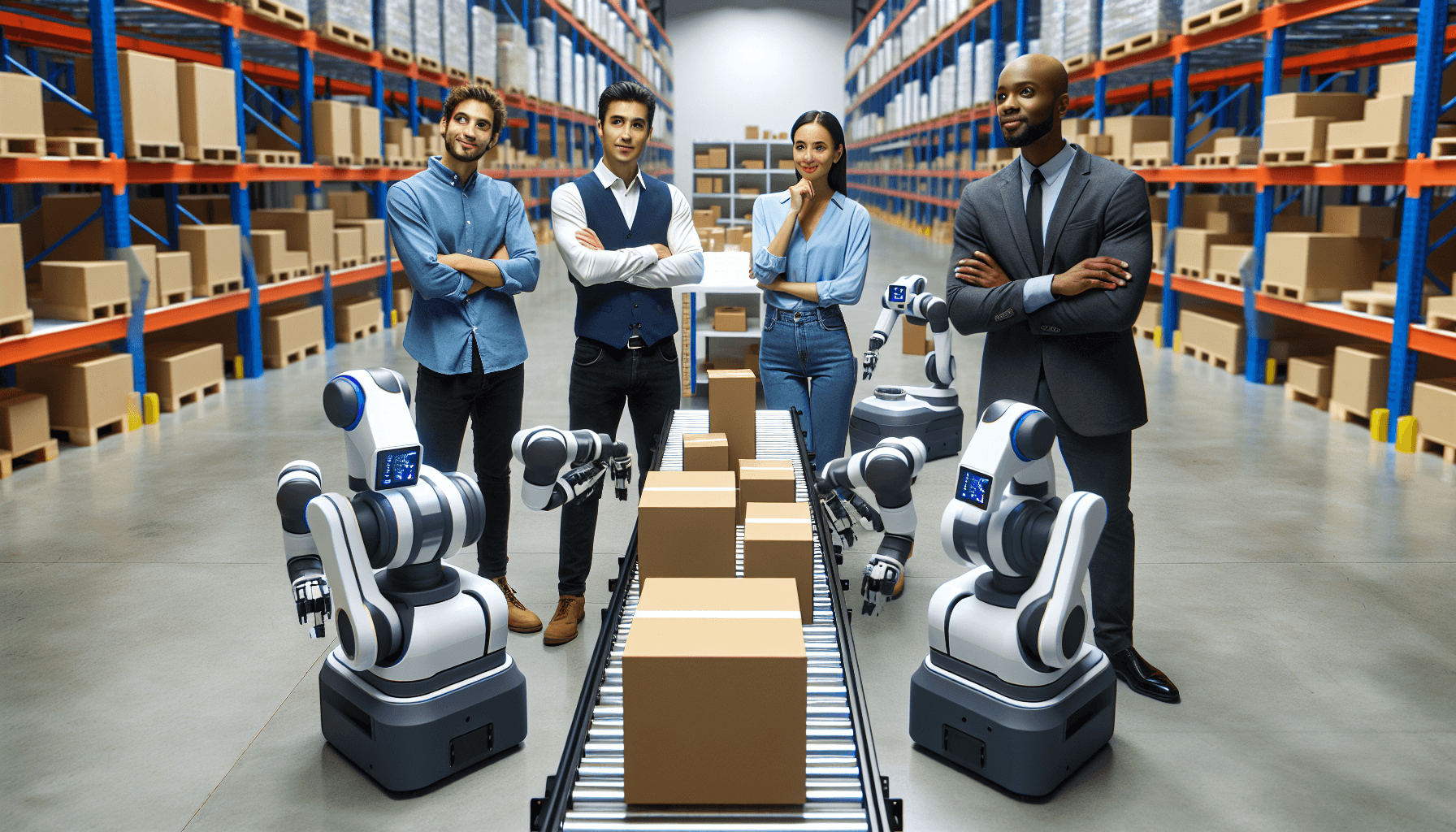In the fast-paced world of material handling, efficiency and productivity are key. Warehouse operations require seamless coordination, streamlined workflows, and state-of-the-art technology to optimize processes. This is where collaborative robots, also known as cobots, have emerged as game-changers. These robotic systems work alongside human operators, enhancing safety, productivity, and efficiency in material handling tasks. In this article, we will explore the numerous benefits of collaborative robots in material handling and why businesses should consider integrating them into their warehouse operations.
The Rise of Collaborative Robots
Collaborative robots have revolutionized the way warehouses and distribution centers operate. With advanced sensors and programming, these robots are designed to work alongside human workers, assisting them in various material handling tasks. Unlike traditional industrial robots, cobots are safe to work around humans and can adapt to changing environments. This flexibility makes them an ideal solution for businesses looking to optimize their material handling operations.
One of the key advantages of collaborative robots is their ability to increase overall productivity. Cobots can handle repetitive and mundane tasks with precision and speed, allowing human operators to focus on more complex and value-added activities. For example, while a collaborative robot is responsible for picking and placing goods on a conveyor belt, human workers can focus on quality control, inventory management, and other strategic tasks. This division of labor not only boosts productivity but also improves the overall efficiency of the warehouse.
Furthermore, collaborative robots are known for their versatility. These robots can be easily programmed to perform a wide range of material handling tasks, such as palletizing, sorting, packing, and transporting goods. This flexibility allows businesses to adapt to changing demands without significant reconfiguration or costly investments. With the ability to switch between tasks quickly, cobots enable warehouses to handle varying product types and volumes efficiently.
Enhancing Safety
Safety is a paramount concern within warehouse operations. Thanks to built-in sensors and advanced safety features, collaborative robots can work safely alongside human operators without the need for physical barriers. These robots are equipped with collision avoidance systems and force-sensing technology, which allow them to sense and react to the presence of humans or obstacles in real-time. This ensures a safe working environment and prevents accidents or injuries caused by collisions with traditional industrial robots.
In addition to physical safety, collaborative robots also contribute to ergonomic safety. Material handling tasks, such as lifting heavy objects or repetitive motions, can put a strain on human workers, leading to musculoskeletal disorders. By taking over these physically demanding tasks, cobots help reduce the risk of work-related injuries and promote a healthier work environment. Human operators can focus on more intellectually stimulating tasks, reducing the likelihood of fatigue and improving overall job satisfaction.
Cost-Effectiveness
Integrating collaborative robots into material handling operations offers significant cost savings for businesses. While the upfront cost of acquiring and implementing cobots may seem high, the long-term benefits outweigh the initial investment. Collaborative robots have a smaller footprint compared to traditional industrial robots, requiring less floor space and infrastructure modifications. This results in reduced operational costs, such as lower energy consumption and warehouse rental expenses.
Moreover, collaborative robots are highly scalable and flexible. As the demand for material handling tasks fluctuates, businesses can easily adjust the number of cobots deployed in their warehouse operations. Unlike traditional robots, which often require specialized technicians for reprogramming and reconfiguration, cobots can be easily reprogrammed by existing staff. This eliminates the need for expensive external support and reduces ongoing operational costs associated with maintaining and modifying robotic systems.
Conclusion
Collaborative robots have undoubtedly transformed the material handling landscape. With their ability to enhance productivity, improve safety, and offer cost-effective solutions, these robots are becoming an integral part of warehouse operations. As businesses strive to stay competitive in today’s fast-paced environment, integrating collaborative robots into material handling tasks provides a strategic advantage. HCO Innovations offers cutting-edge warehouse optimization solutions, including collaborative robot integration. To learn more about how collaborative robots can revolutionize your material handling operations, visit HCO Innovations.

